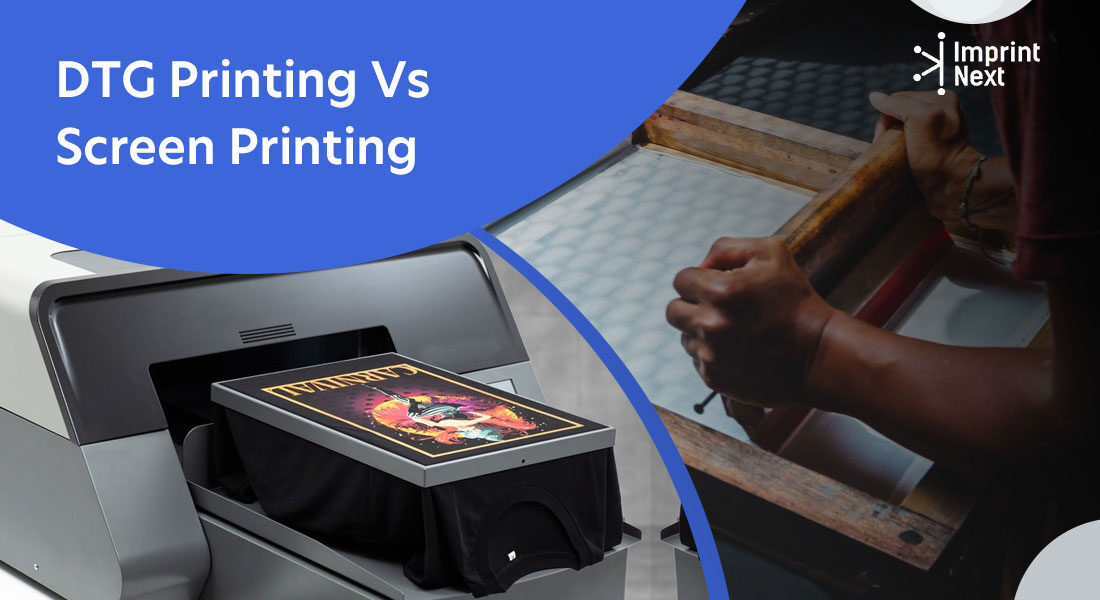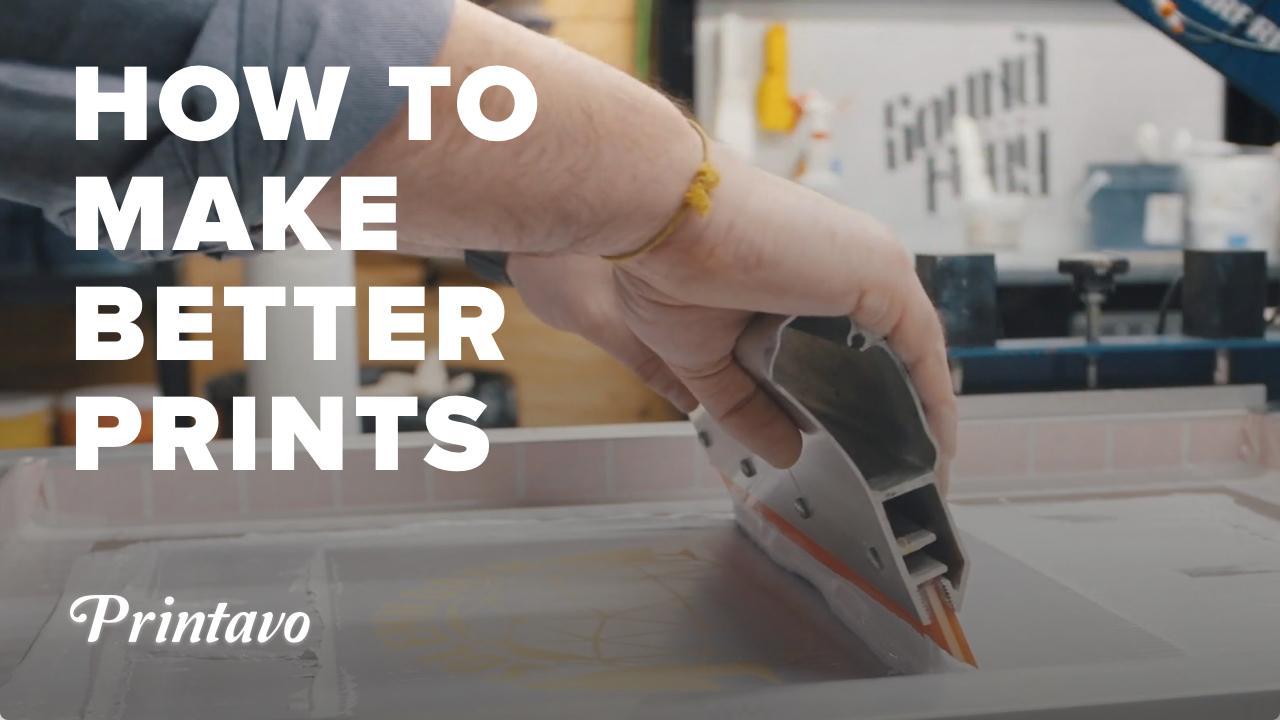All about Tx Tees
All about Tx Tees
Blog Article
The Best Strategy To Use For Tx Tees
Table of ContentsThe Facts About Tx Tees RevealedThe Best Guide To Tx TeesAll About Tx TeesThe Definitive Guide for Tx TeesA Biased View of Tx Tees4 Easy Facts About Tx Tees ShownThe Main Principles Of Tx Tees
That brings your total amount to around $1,900 prior to tax and delivery. Build up various other expenses, like the variety of energies it requires to run the shop and the cost of ink and emulsion per layout. custom cap printing. Take the print below for instance. This is a one-color picture, so the expense of ink per t-shirt is approximately 20 cents.The emulsion needs to just be a couple of cents because you 'd only need to coat one display for this job. Generally, printers try to make up to 45% profit on a print job.

With DTF, you can publish a handful of tee shirts, or just one. Both display printing and DTF have their particular niches in the globe.
Facts About Tx Tees Revealed
The very best way to recognize? Ask about and see what printing shop like yours are doing. custom screen printing. Try both out and see which you like far better
When you're selecting what kind of printing technique to make use of for publishing your art work layouts on your garments, it is very important that you recognize the distinctions between these two strategies so you can make best use of outcomes while decreasing prices. Screen printing is one of the most frequently utilized technique for printing layouts on textiles.
DTG printing is likewise known as place or direct to garment printing due to the fact that it prints only what is required rather than making a display as screen printers do. https://yoomark.com/content/t-shirt-design-screen-printing-custom-embroidery-abilene-tx. Display printing functions by screen filler squeegee screen printing ink display mesh display, then transferring the picture to garment making use of warm and/or pressure
The DTG printer makes use of unique dye-sublimation inks that are used right into a pre-designed photo by an electronic printing system. The inks end up being part of the material, enabling vivid shades and extraordinary information. It's also recognized as place or straight to garment printing because it prints just what is needed rather than making a screen as display printers do.
The Definitive Guide to Tx Tees
Initially, it's much quicker - you can publish a fullcolor image in minutes, in contrast to hours for display printing. Second, there's no set up time or costs included - you can print any style you like, without having to create a display. Third, there's no waste - since display printers screen print one design each time, they have to screen each color independently.
The paper is very expensive and can only be used when. Once it's printed on, it has to be discarded. - The first purchase price is reduced than the upfront investment of DTG printers- You can print multi-color styles one display at a time as opposed to needing to print each color separately like DTG printing.

Some Ideas on Tx Tees You Need To Know
However, as opposed to using screen mesh as screen printers do, color sublimation printers make use of laser innovation to move your images onto garments or paper. A warm procedure transfers the color from its solid-state straight into the gas phase which consequently merges it onto material substrates when they are rapidly heated up to heats under high stress.
Sublimation printing is eco-friendly. It uses much less water than screenprinting, and due to the fact that it doesn't entail the usage of damaging solvents, it's risk-free for all types of apparel. The color sublimation inks are also unsmelling when cured, unlike display printers that use harmful chemicals throughout the screen printing procedure that leave an undesirable smell.
They additionally save cash on pricey devices like exposure units given that color sublimation printers do not need a UV exposure device or a flash remedy oven that is typically made use of in display printing (screen printing shop). What is straight to garment printing (DTG Printing)? DTG printing is an electronic screenprinting procedure that prints straight onto material utilizing specialized inkjet printers
Tx Tees Things To Know Before You Buy
DTG printing provides lots of advantages over typical screenprinting, consisting of the capability to print photo quality photos, higher shade vibrancy, and the capability to publish designs on darker fabrics. DTG printers function by warming the fabric ink up until it becomes a gas. The gas then penetrates the material, bonding with the fibers to develop a long-term print.

Display printers simply prepare their screen then begin publishing up until they run out of product or ink.- There is a wide variety of skilled screen printers throughout the globe, which can be helpful for beginners. - It's a slower procedure - display printers typically need to await the ink to dry before they can print the following shade- Display printers need manual labor, so there's a higher learning contour and it takes longer to generate a premium layout- Screen printing isn't as accurate as DTG printing, so you may get some "bleeding" of shades from one component of the image onto another if not done appropriately.
8 Simple Techniques For Tx Tees
Rather of making use of display mesh as read the full info here display printers do, dye sublimation printers utilize laser modern technology to move your photos onto garments or paper. A warmth procedure transfers the color from its solid-state directly right into the gas phase which subsequently integrates it onto textile substrates when they are quickly heated to heats under high stress.
Sublimation printing is environment-friendly. It uses less water than screenprinting, and because it does not involve using harmful solvents, it's secure for all kinds of apparel. The dye sublimation inks are also unsmelling when treated, unlike display printers that make use of hazardous chemicals throughout the screen printing procedure that leave behind an undesirable odor.
They also save money on pricey equipment like exposure units because dye sublimation printers don't call for a UV exposure unit or a flash cure oven that is usually made use of in display printing. What is direct to garment printing (DTG Printing)? DTG printing is a digital screenprinting procedure that prints straight onto textile utilizing specialized inkjet printers.
Not known Incorrect Statements About Tx Tees
DTG printing uses many advantages over traditional screenprinting, consisting of the capacity to print photo high quality photos, better color vibrancy, and the capability to publish designs on darker fabrics. DTG printers function by heating the textile ink up until it becomes a gas. The gas then permeates the fabric, bonding with the fibers to create a long-term print.
Report this page